HOW TO ACHIEVE A PROFESSIONAL FACIAL AT HOME
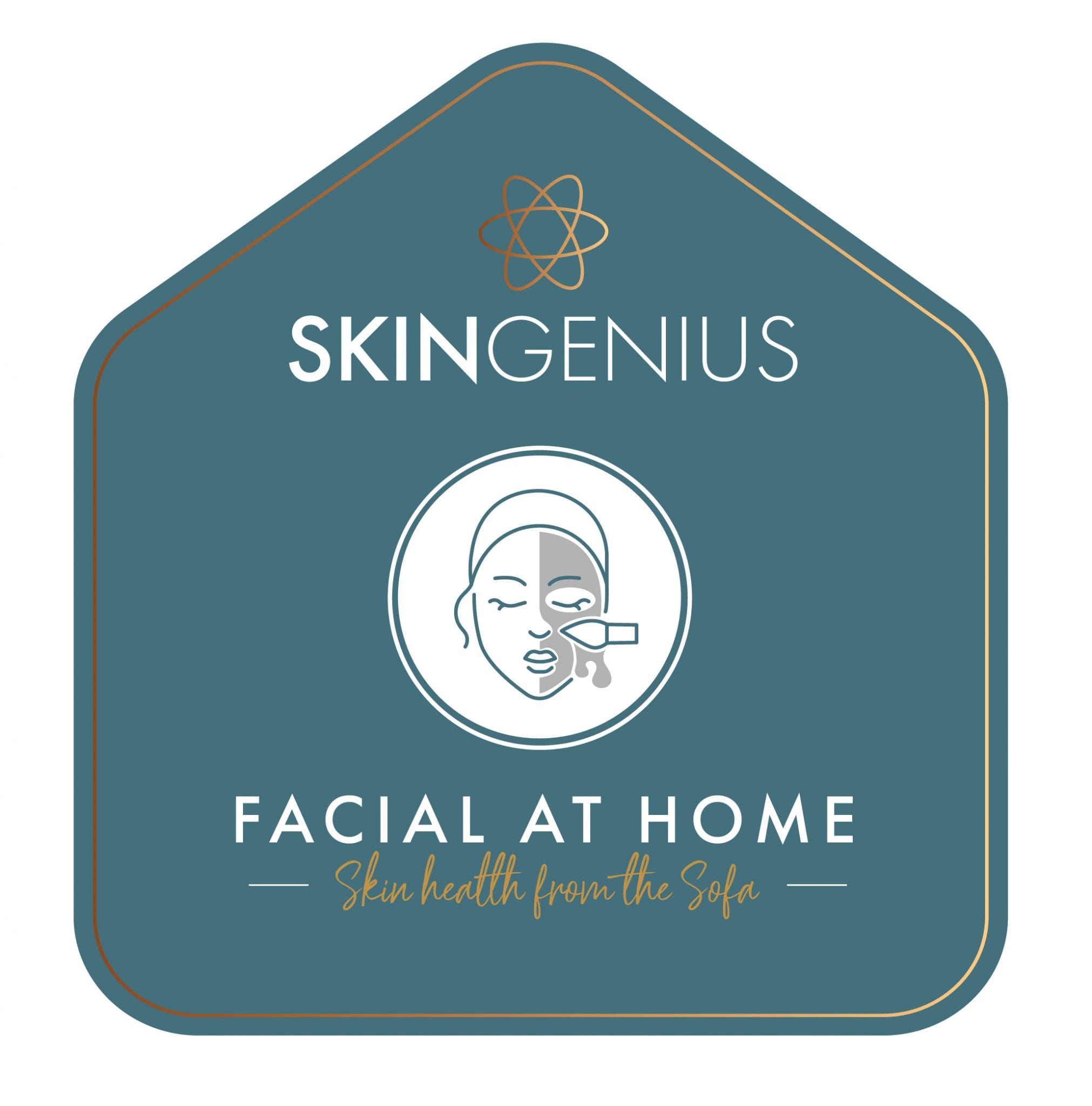
Here at SkinGenius, we recognise that it’s not always convenient (or sometimes desirable) to physically come into the clinic for our professional treatments. We’ve embarked on a whole new area of expertise allowing you to experience astounding results all from the comfort of your own home with our FACIAL AT HOME TREATMENT PLANS.
VIEW OUR PLANS
Right, give me all the details!
We realise there’s been A LOT of chat about ‘at-home’ facials recently and in our language calling something an at-home facial means going beyond your daily skincare routine.
We’ve devised our SkinGenius Combination Therapy Treatments to support our existing clients undergoing treatments within our clinic to be used as part of ‘homecare’ maintenance to allow them to continue to see their incredible results. Call it some skincare homework! They can also be a fantastic way to bring a taste of the SkinGenius treatments into your own home on a lighter, less invasive level than our clinical treatments.
Introducing
The SkinGenius Combination Therapy Treatments, your all in one advanced at home solution for all skin concerns. We apply the same dedication to these at home kits as we do to our clinical facials. We use the same multi-action treatments to treat above and below the skin, to achieve multiple benefits with supercharged effects, all in one treatment. Our philosophy has always been that combination treatments deliver far superior results over standalone treatments offered in a typical salon or spa facial treatment. We recognise our clients want to remain loyal to their favourite treatments (and boost their extraordinary results!), that’s why we’re delighted to announce you can now embark on a home maintenance in between your clinical facial treatments.
Spotlight on homecare Devices used within the treatment plans
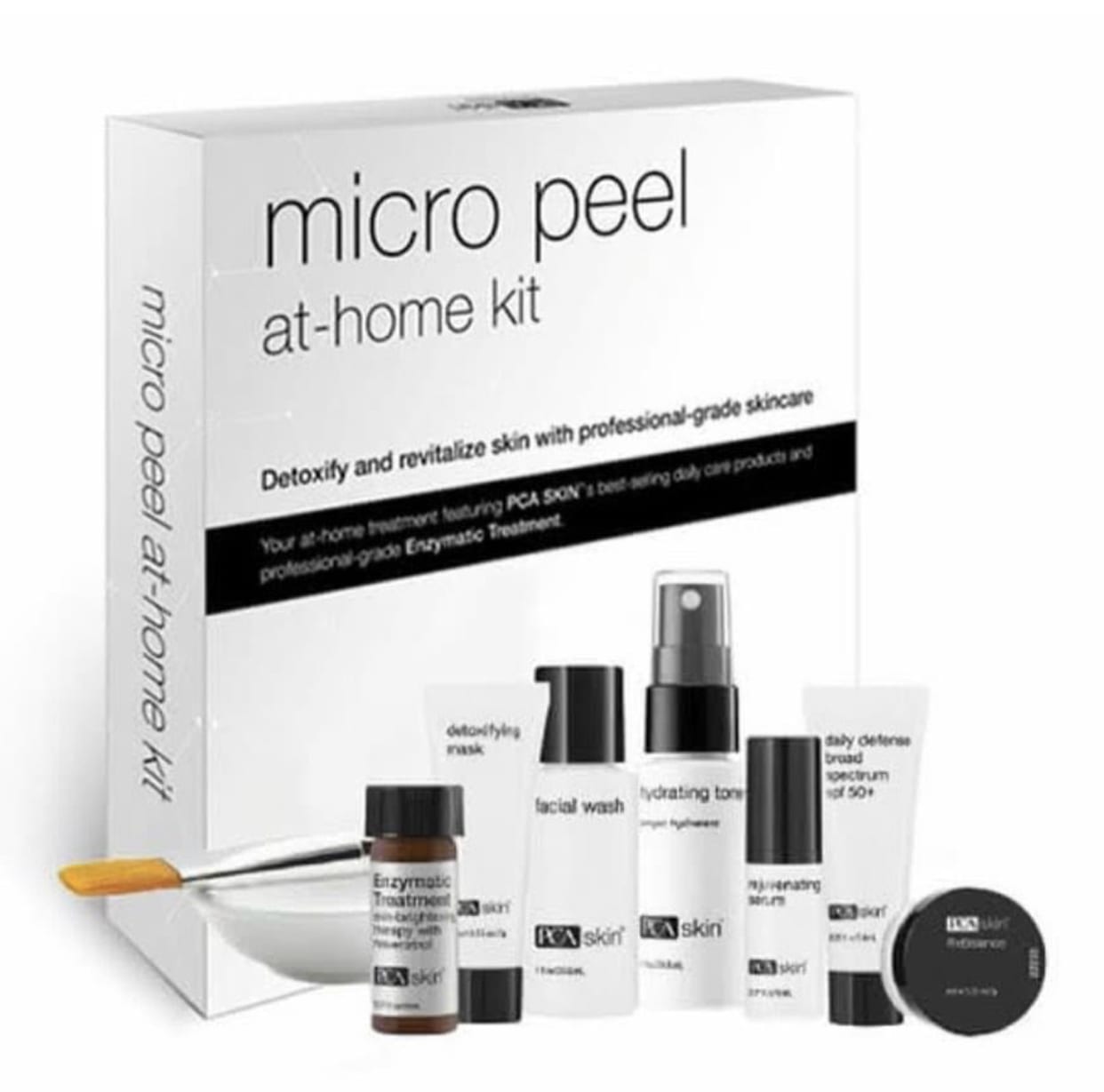
Micro Peel Home Kit
A home peel treatment kit containing 4 peeling treatments. Immediate effects to brighten and smooth skin texture.

Home Microneedling
The contains a microneedling roller and 2 vials of solution to perform 8 treatments. Stimulate the skin at a cellular level for radiant results.

FaceLITE LED
Professional strength dual wave RED and NIR flexible LED masks for the face and also available for the neck and décolletage.
Step 1: Cleanse and Exfoliate (properly)!
At SkinGenius, we specialise in developing innovative and truly restorative treatments. Consequently, we always begin our treatments with a luxurious skin cleansing and preparation ritual which incorporates warm, infused towels and sculpting massage techniques. This is something you can (relatively) easily recreate from home with a little bit of prep work. First, effectively cleanse and exfoliate the skin before beginning your Combination Therapy Treatment process – effectively being the main focus here. Any makeup, SPF (yes you should be wearing it daily) or excess product left on your skin will result in a less effective treatment, not to mention bacteria build up over time. Your cleanser of choice and either a physical or chemical exfoliator is fine here.
Step 2: Skin Peel
For those of you who love a skin peel as part of your clinic treatment, rejoice! This is something you’re now able to incorporate into an at home facial peel routine to tide you over between treatments. At home facial peels form the cornerstone of our SkinGenius Combination Therapy Treatments, using award-winning and leading formulations to achieve incredible results via chemical reaction to remove the top layer of the skin.
They offer ground-breaking, non-invasive targeted skin resurfacing solutions for anti-aging, wrinkle reduction, hyperpigmentation, acne or even just an instant glowing skin boost. As part of the SkinGenius Combination Therapy Treatments you will have the option to pick a 4-week bespoke treatment package for either a facial or neck and décolleté treatment area, delivering one at home peel treatment each week and your choice of treatment boosters in the form of FaceLITE LED and Micro-needling Mesotherapy (more on those later!).
Step 3: Skin Micro-channelling Mesotherapy
This is where you have the opportunity to really enhance your results with one of our advanced skin-boosting add-on treatments. Enter skin mico-channelling. You may have heard of it by its other name ‘micro-needling’ but may well haven’t heard of mesotherapy being available for at home use.
What is mesotherapy? Mesotherapy is a minimally invasive procedure where a series of superfine channels are created in the mesodermal layer of the skin to allow a cocktail of vitamins, minerals, and amino acids to penetrate more effectively. This infusion of advanced ingredients nourishes and rejuvenates the skin whilst stimulating the production of collagen and elastin – essential for good skin health and that all important glow.
We’ve been able to combine the multitude of benefits of both treatments into one at home service in the form of a two-part system: a micro-needling solution packed with stem cell derived growth factors, hyaluronic acid and cytokines and a micro derma roller (0.25mm). Clinical studies demonstrate that topical skincare ingredients are 80% better absorbed by the skin when applied during a dermarolling treatment.
The two products work together (see it’s not called Combination Therapy for nothing!) to create micro-channels in the skin in order to enhance the penetration of the active ingredients contained within the micro needling solution.
What’s key to remember is the needle length of the roller can’t penetrate any deeper (for safety reasons around at home use) unlike the deeper needling devices used in our in-clinic treatments. Despite this, it’s a fantastic option for those who are looking to top up their results until we can welcome you back for face-to-face treatments. This treatment is designed to be used in conjunction with other treatments, twice a week for 4 weeks (or until you finish the solution).
Step 4: LED Phototherapy
Finally, whilst it might look a little intimidating, light-emitting diode therapy (or LED for short) has long been heralded as the way to help promote (and maintain) that Instagram-glowing skin.
The FaceLITE LED face mask incorporates the best quality professional strength light therapy on the market and it can be used on a long-term basis. This phototherapy treatment is non-invasive and uses narrow band, non-thermal near InfraRed and Red LED light energy to trigger the skin’s natural cell rejuvenation and repair process.
The FaceLITE LED face mask helps to restore skin’s radiance, protect against sun damage, promote wound healing, and soothe inflammatory conditions such as acne, rosacea, eczema, psoriasis, dermatitis as well as anyone looking to restore skin’s radiance.
The end results? Brighter, plumper, soothed and rejuvenated glowing skin. The FaceLITE LED face mask is recommended for use as part of all three Combination Therapy Treatment plans and can be used up to three times a week thereafter to compliment in clinic treatments. It really is the gift that keeps on giving!
Facial at Home
Combination Therapy Treatment Plans

Detox & Revitalise
This exclusive two-piece combination kit will help to detox, brighten and revitalise a dull, tired and congested complexion.
It is an excellent introductory treatment for those looking for dramatic, professional-grade results and can be used to help to maintain results in-between professional treatments.

Revitalise & Rejuvenate
Going all out for maximum facial rejuvenation with our three-piece combination therapy plan.
An advanced system for those seeking maximum skin rejuvenating and collagen-stimulating benefits. These three therapies work synergistically to reactivate the skin’s natural regenerative properties.
VIEW OUR PLANS
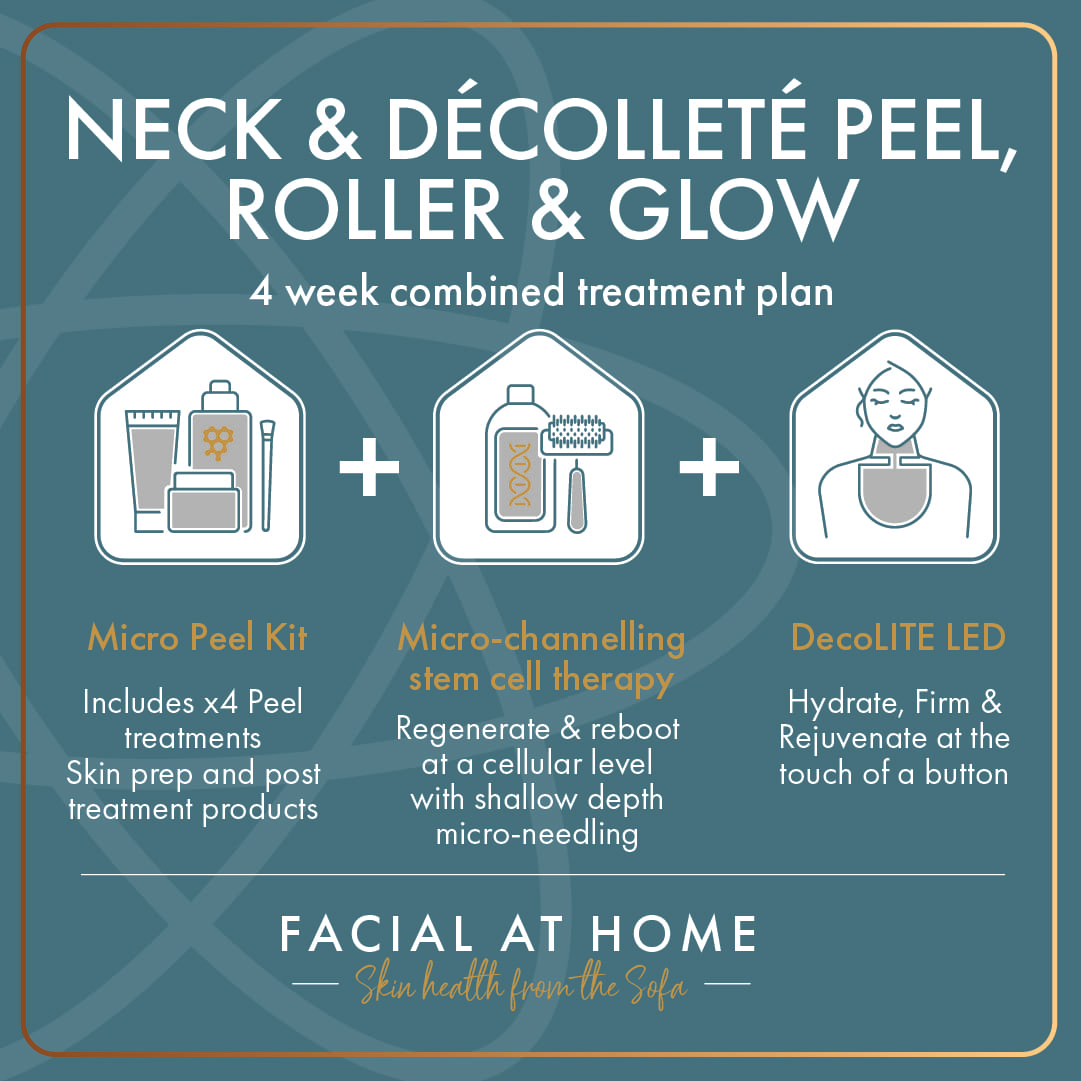
Neck & Chest Renew
The skin on the neck and décolletté is extremely fragile, and cumulative sun exposure is the main culprit of premature skin ageing and brown spots.
This unique treatment plan is designed solely for this area and will help to reduce pigmentation, smooth skin texture and stimulate collagen to tighten and improve overall skin quality.
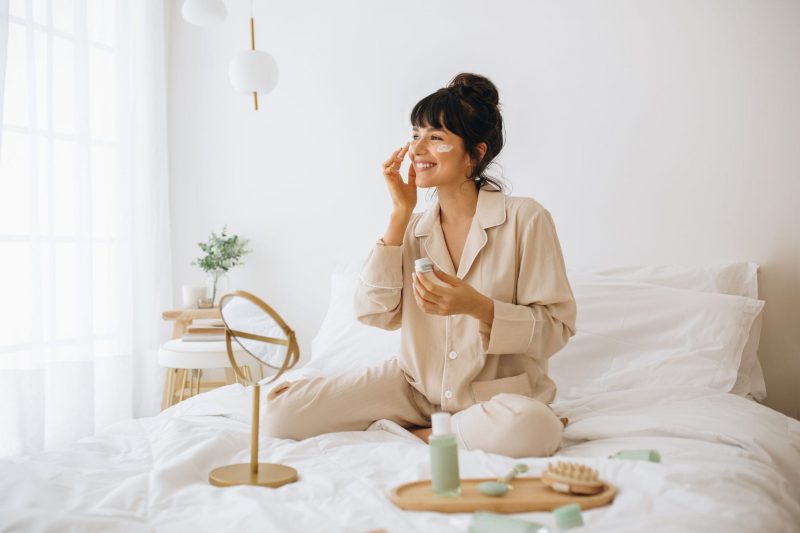



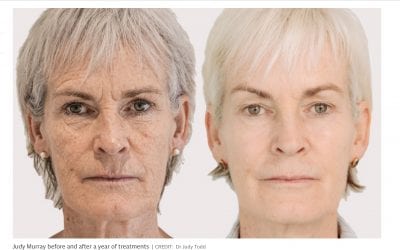
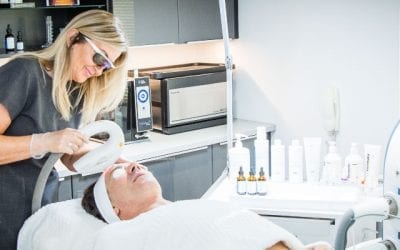
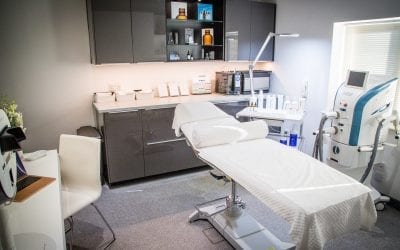
0 Comments